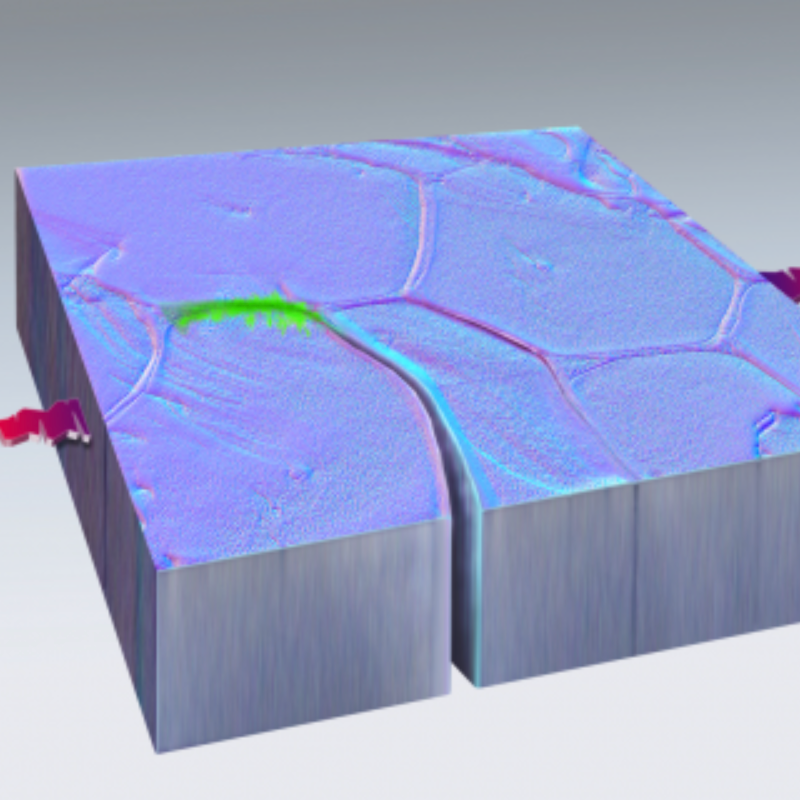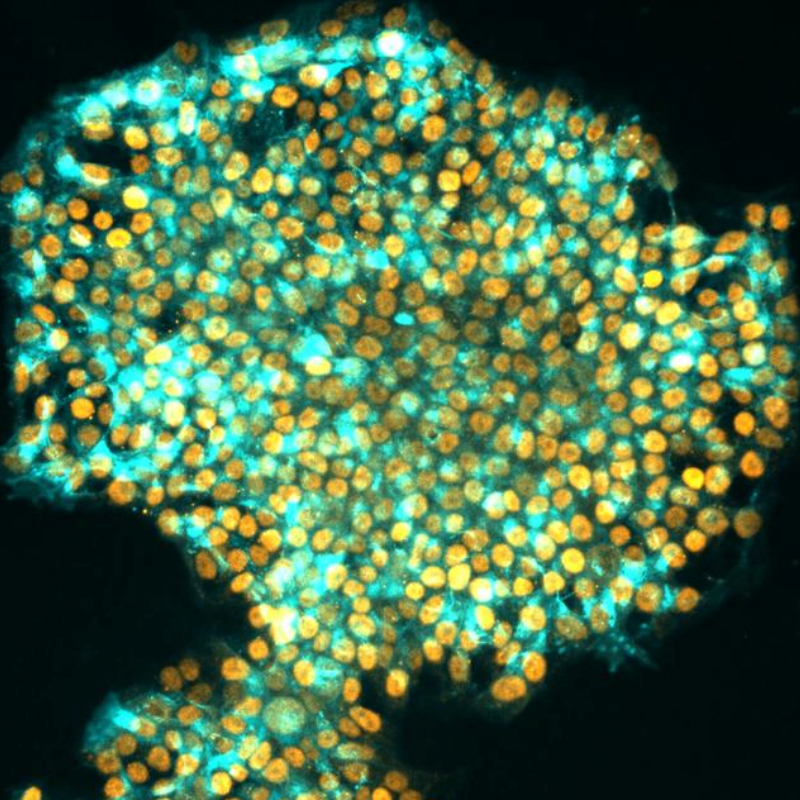Yes, metal really can heal itself. Seriously. (An update)
Aug. 25, 2023.
2 min. read
8 Interactions
Discovery could usher in an engineering revolution, with self-healing engines, bridges, airplanes, and space vehicles and structures, say researchers
In a recent experiment in July at Sandia National Laboratories, a microscopic crack grew in a very small piece of platinum when placed under repetitive stretching. The experiment, designed to study fatigue crack growth, continued as predicted for a while, before something unexpected happened.
The crack apparently stopped growing. Instead, it began to get shorter, effectively “healing” itself, researchers at Sandia National Laboratories claimed. We (Mindplex) took their word for it. We published a story on their finding, mainly because it was reported in the journal Nature.
Dr. Michael Demkowicz, a professor in Texas A&M University’s materials science and engineering department and coauthor of the recent study, explained that nanocrystalline metals make studying self-healing easier because their small grain size allows for more microstructural features that even small cracks can interact with.
Spacefaring technology
He now suggests that self-healing could be possible in conventional metals with larger grain sizes, but future investigations will be needed.
His studies (at Sandia National Laboratories and previously at MIT 10 years ago) found that one such feature, grain boundaries, can affect crack healing depending on the direction of boundary migration relative to the crack. Demkowicz explained that these features are common in many metals and alloys and can be manipulated.
But one condition common to both the 2013 theory and the recent experiment: both were conducted in vacuum environments, devoid of foreign matter, explain the researchers. Such outside matter could interfere with crack surfaces’ ability to bond, or cold-weld, back together.
Even with this limitation, applications could still be possible for spacefaring technology or internal cracks that are not exposed to outside air.
Citation: Barr, C. M., Duong, T., Bufford, D. C., Milne, Z., Molkeri, A., Heckman, N. M., Adams, D. P., Srivastava, A., Hattar, K., Demkowicz, M. J., & Boyce, B. L. (2023). Autonomous healing of fatigue cracks via cold welding. Nature, 1-5. https://doi.org/10.1038/s41586-023-06223-0
Let us know your thoughts! Sign up for a Mindplex account now, join our Telegram, or follow us on Twitter.

.png)

.png)


.png)







0 Comments
0 thoughts on “Yes, metal really can heal itself. Seriously. (An update)”